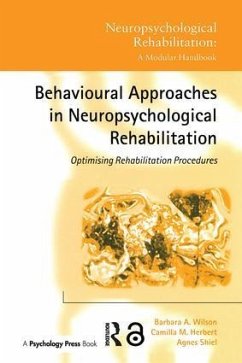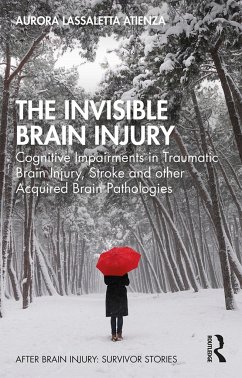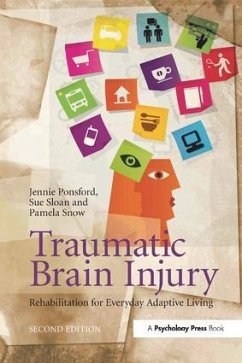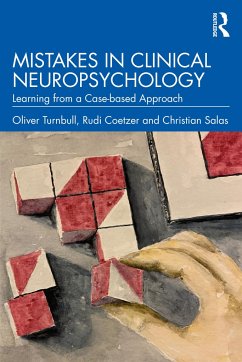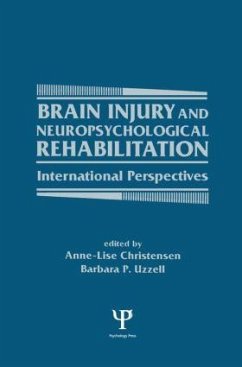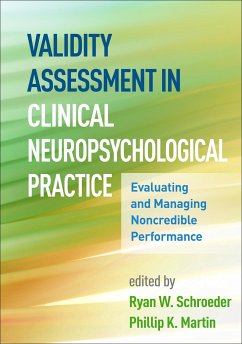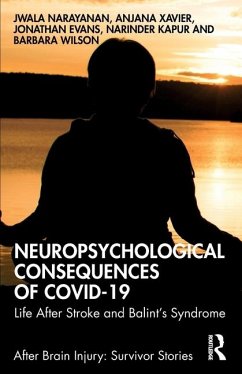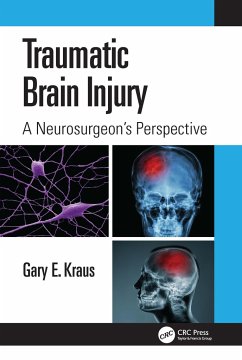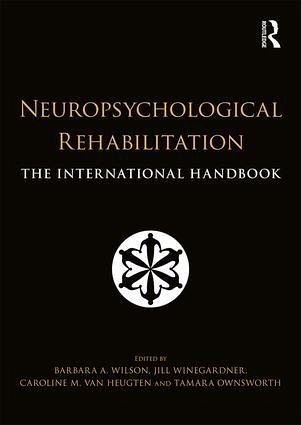
Neuropsychological Rehabilitation
The International Handbook
Herausgeber: Wilson, Barbara; Ownsworth, Tamara; Heugten, Caroline van; Winegardner, Jill

PAYBACK Punkte
47 °P sammeln!
This outstanding new handbook offers unique coverage of all aspects of neuropsychological rehabilitation. Compiled by the worldâ s leading clinician-researchers, and written by an exceptional team of international contributors, the book is vast in scope, including chapters on the many and varied components of neuropsychological rehabilitation across the life span within one volume.




